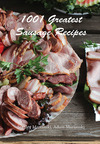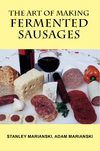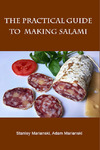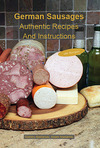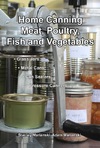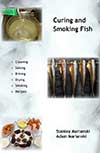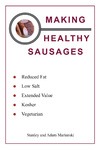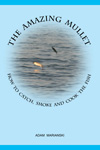Meats and Sausages
Pork with Beans in Tomato Sauce
| Materials | Metric | US |
|---|---|---|
| pork grade II (with fat, butt) | 450 g | 0.99 lb |
| pork grade III (connective tissue) | 150 g | 0.33 lb |
| pork lard | 10 g | 0.35 oz |
| dry beans | 390 g | 0.85 lb |
| Ingredients for 1 kg (2.2 lb) of materials | ||
| salt | 18 g | 3 tsp |
| pepper | 0.5 g | 1/4 tsp |
| paprika | 0.5 g | 1/4 tsp |
| nutmeg | 0.3 g | 1/8 tsp |
| allspice | 0.3 g | 1/8 tsp |
| sugar | 3 g | 1/2 tsp |
| Maggi sauce* | 2 ml | 1/2 tsp |
| vinegar | 5 ml | 1 tsp |
| onion, small | 20 g | 1/2 onion |
| wheat flour | 14 g | 0.49 oz |
| potato flour | 24 g | 0.84 oz |
| tomato sauce | 50 g | 1.76 oz |
| * Maggi sauce can be bought in every supermarket | ||
Instructions
- Soak beans for 12 hours in water. Stir. Dry beans must gain 80% in weight (use scale). If more weight gain is needed soak beans longer. Scald soaked beans in boiled water for 3 minutes. Drain and spread on table to cool.
- Cut pork grade II into 1 inch (25 mm) pieces. Grind pork grade III through 1/8" (3 mm) plate.
- Mix ground pork grade III with 6 g salt (1 tsp), then add pieces of pork grade II, 12 g salt (2 tsp) and keep on mixing until sticky. Add potato flour and remix.
- Making roux. Heat the lard in a frying pan, adding flour. Stir continuously until light brown.
- Sauce. Add to roux one pint (373 ml) of tomato sauce and mix together. Add all spices, Maggi, vinegar and bring to a boil, stirring often. Turn the heat off.
- Pack cans with 70 g (2.47 oz) meat mass, add 80 (2.82) g soaked and scalded beans and fill with sauce leaving 1/2 inch headspace.
- Exhaust cans to 170° F, 77° C meat temperature. Fill with hot sauce to 1/4 inch from top.
- Seal and process at once at 250° F, 121° C:
307x200.25 can - 45 min



